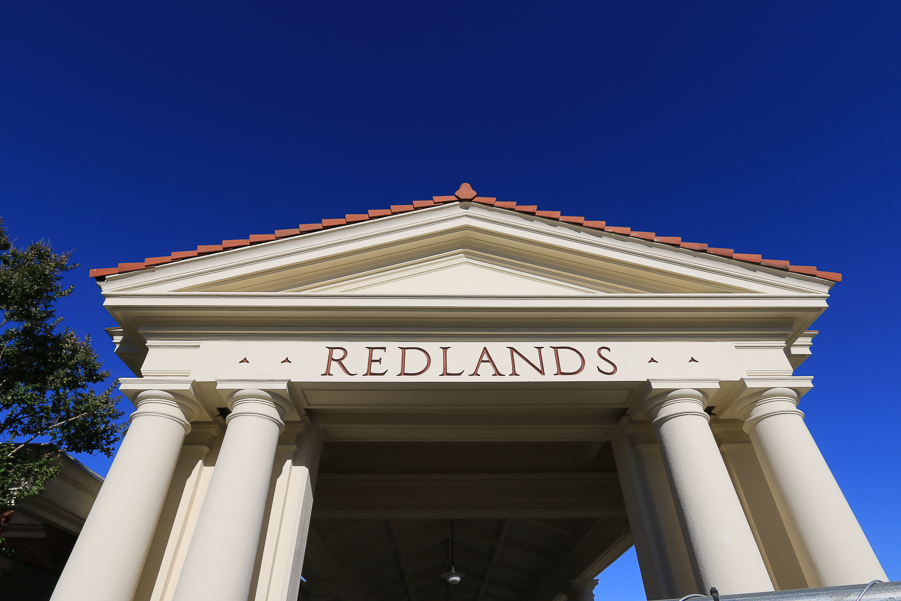June 10, 2020 - Wednesday - Today we took another historic walking tour of Redlands, this time focusing on Orange Street. Our tour started one block south of Orange Street on Cajon to see Redlands' former City Hall. It was a WPA project in 1941 and was built in the Spanish style.

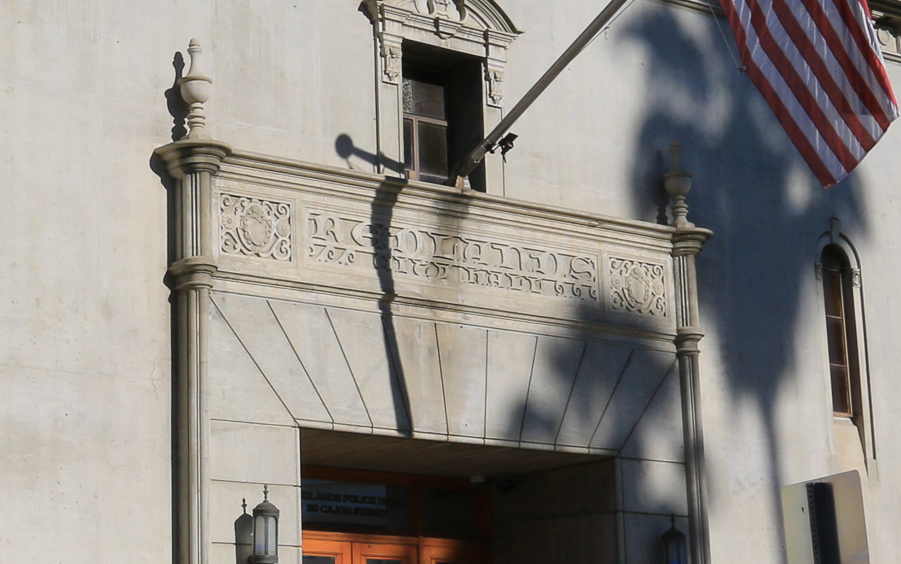
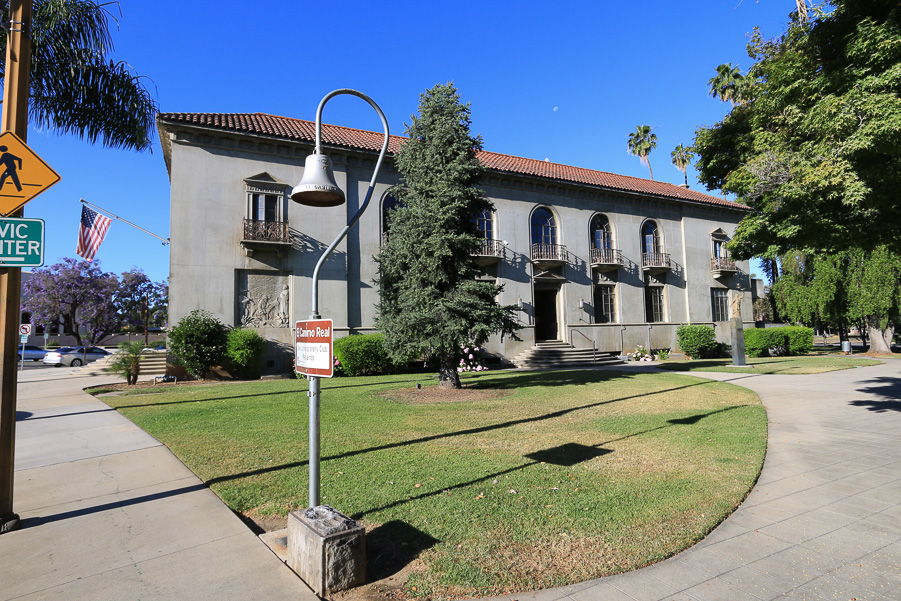
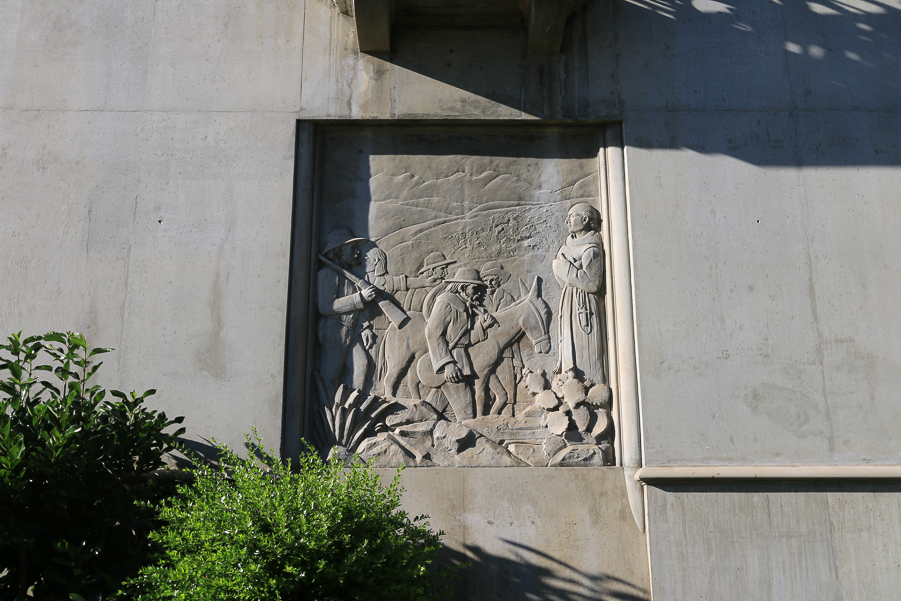
Just north at the intersection of Citrus and Orange is the 1891 Academy of Music. An opera house occupied the second story and City Hall business was conducted on the lower floors.
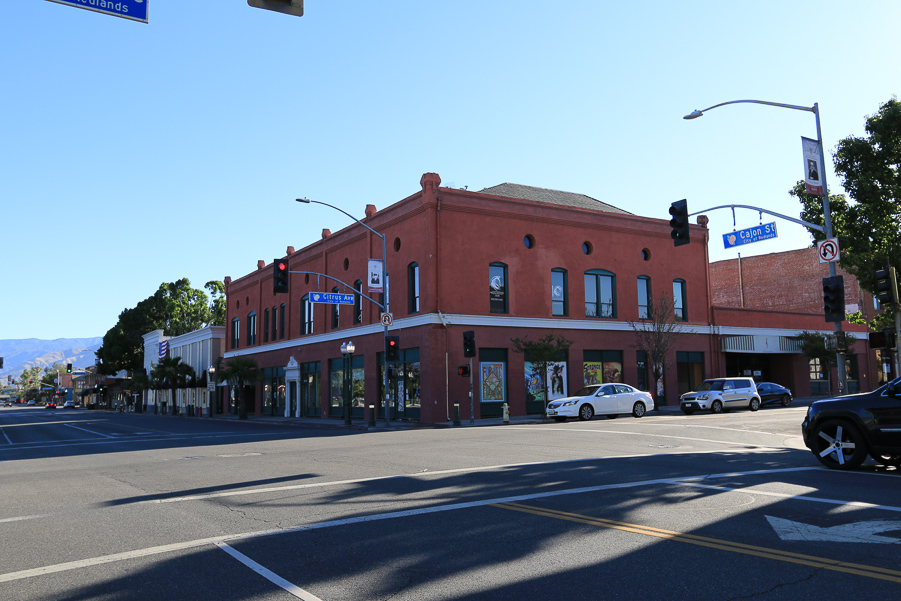
108 to 116 Orange Street (1891) had Meserve's Clothing store, Dr. Sanborn and Stewart the Druggist as its original tenants. The second story had banquet facilities.
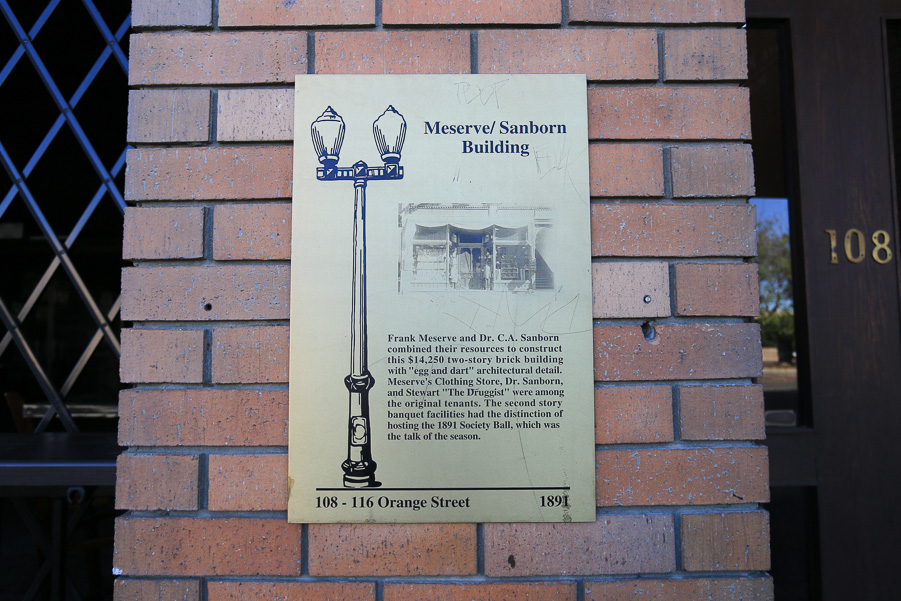

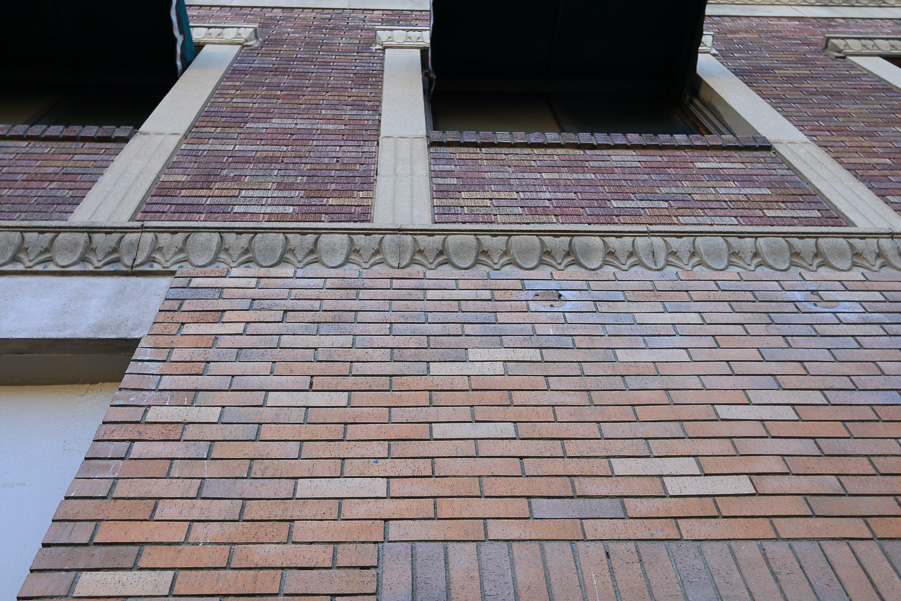
120 Orange Street (1891) is where the Mill Creek Zanja originally crossed Orange Street.
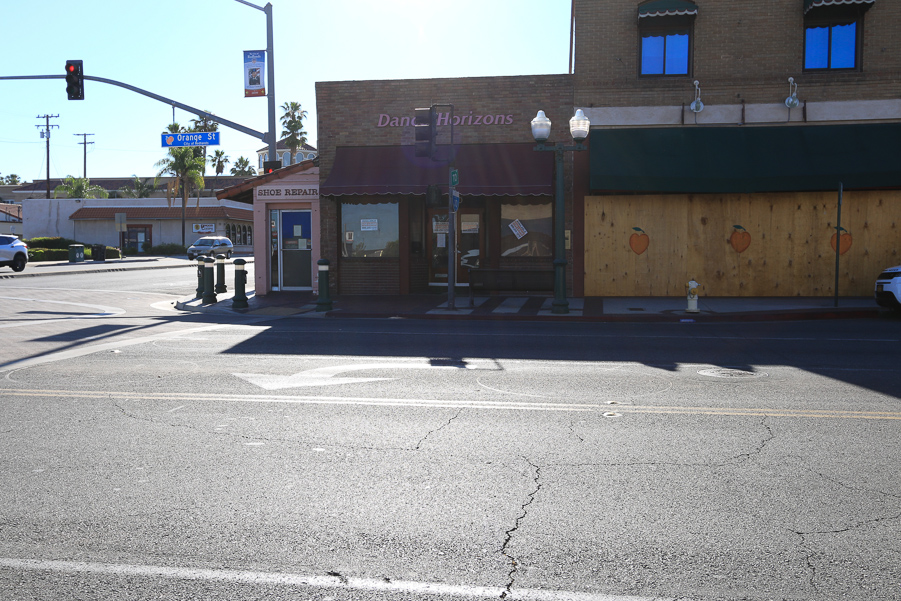
122 Orange Street is interesting since it was originally condemned for the widening of Redlands Blvd. The owner sued the city and compromised at a seven foot wide store rather than losing the entire building.
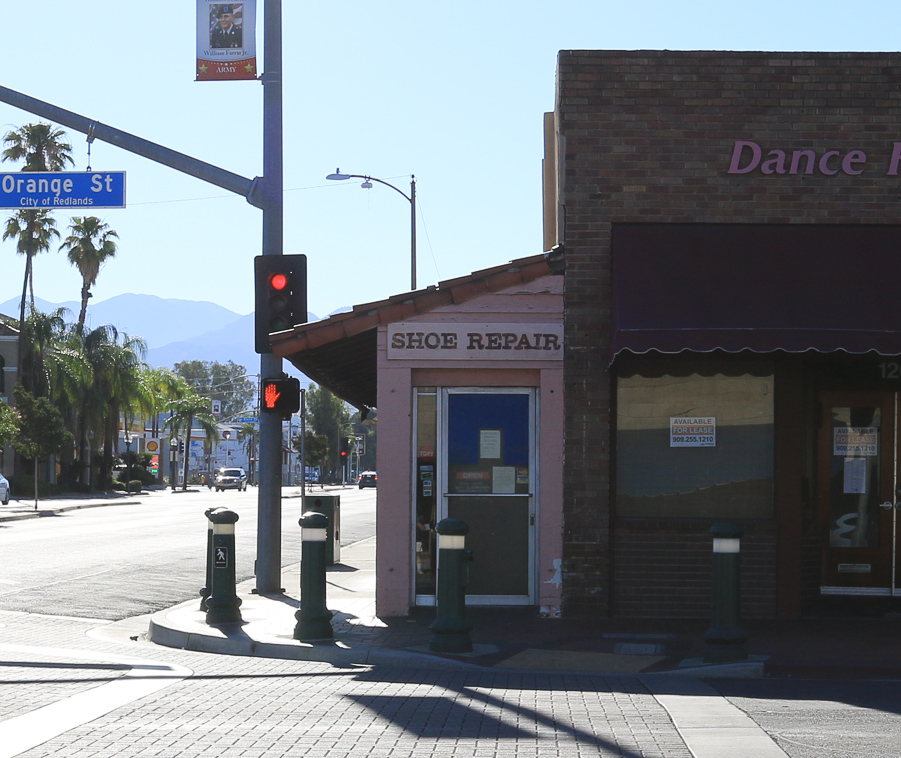
204 and 206 Orange Street (1888) was home to the Bush Bakery and the Gem Restaurant.
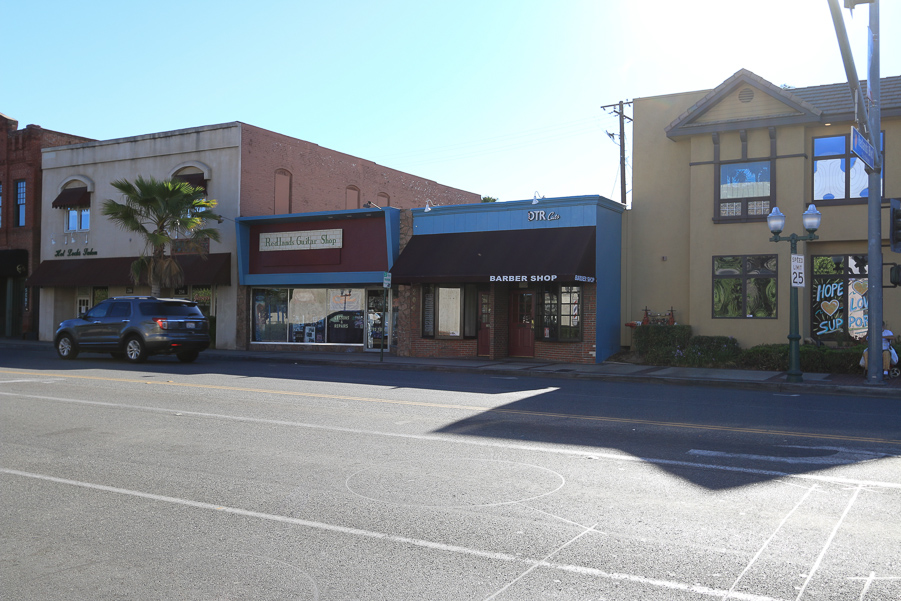
208 Orange Street (1894) was constructed as a meat market.

216 and 218 Orange Street (1888) was home to the Redlands Restaurant and the Stone and White Meat Market.
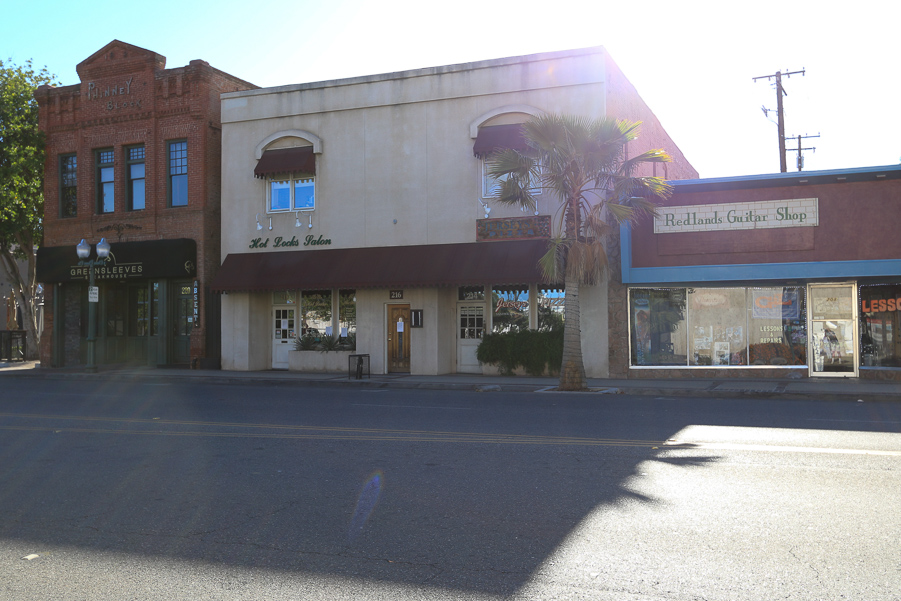
220 Orange Street (1892) appears just about the same way now as when it was first built. The Redlands Board of Trade was here until 1912 and a very young University of Redlands used the building as its headquarters in 1907.

328 Orange Street (1902) was first a grocery store for two years and then it became a furniture store.

330 Orange Street (1888) was divided on the first floor with a central stairway leading to a lodging house on the second floor. One side was a bicycle repair shop and the other side was a jeweler. The 1920s remodeled storefront was built around the original iron columns.

338 and 340 Orange Street (1892) is called the Worley building that originally had horse stables on the first floor.
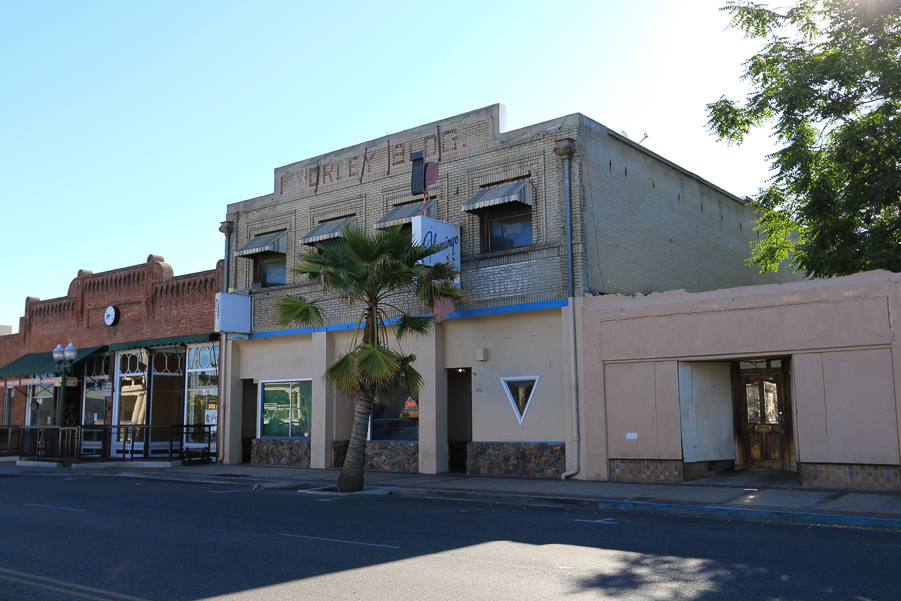
A current tenant in the Worley building is The Flamingo. Since it's a dive bar, around town it's called the "Dirty Bird."

342 and 344 Orange Street (1898) is known as the Pounstone and Hamilton building. The storefront represents one of the last classic Victorian storefronts in downtown. It was built for a hardware store and the ever present Redlands Pool Hall.
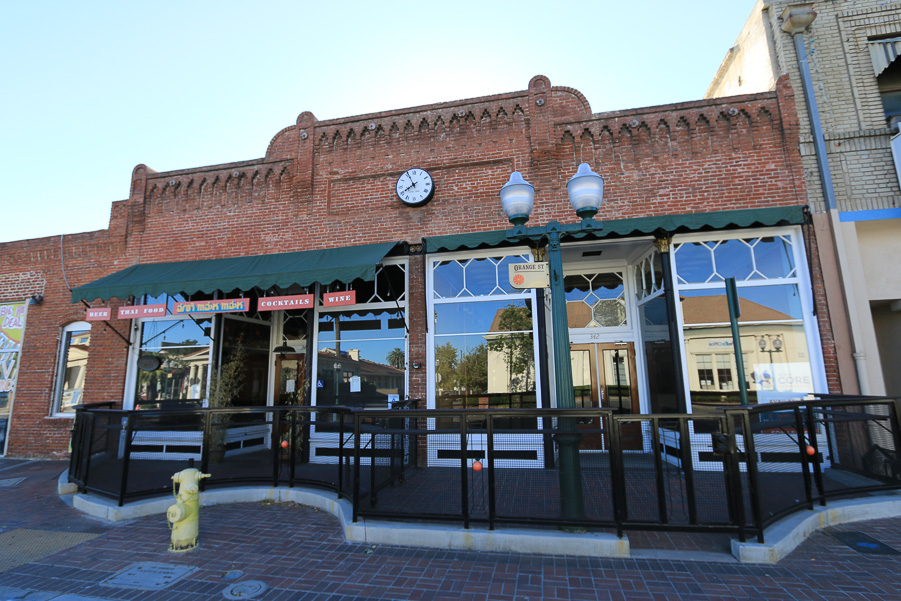
346 Orange Street (1897) was home to the Palace Livery, a pioneer stage and transport company. A curved buggy entrance still exists on the side wall.

360 Orange Street (1908) was home to the Redlands City Transfer, a company specializing in the transportation of large objects. The location next to the railroad depot enabled a quick transfer of goods and cargo.

351 Orange Street (1888) was home to Redlands' first railroad station. The tracks are currently being re-laid for a new light rail service.
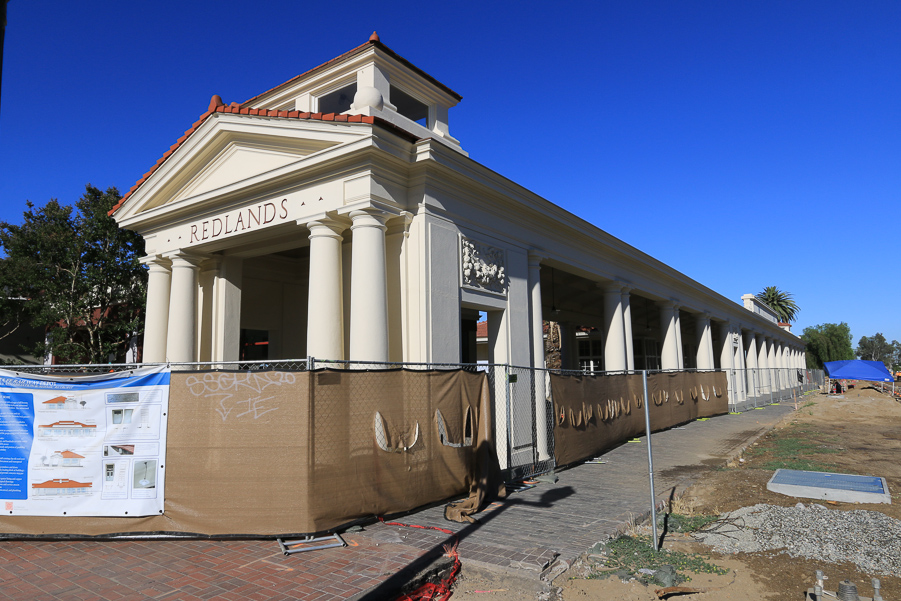
347 Orange Street (1909) was constructed for the Santa Fe Railroad Company with a Grecian style colonnade designed by Arthur Brown, Jr. His firm, Bakewell and Brown, also designed the San Diego depot, and the city halls in Berkeley, San Francisco and Pasadena.
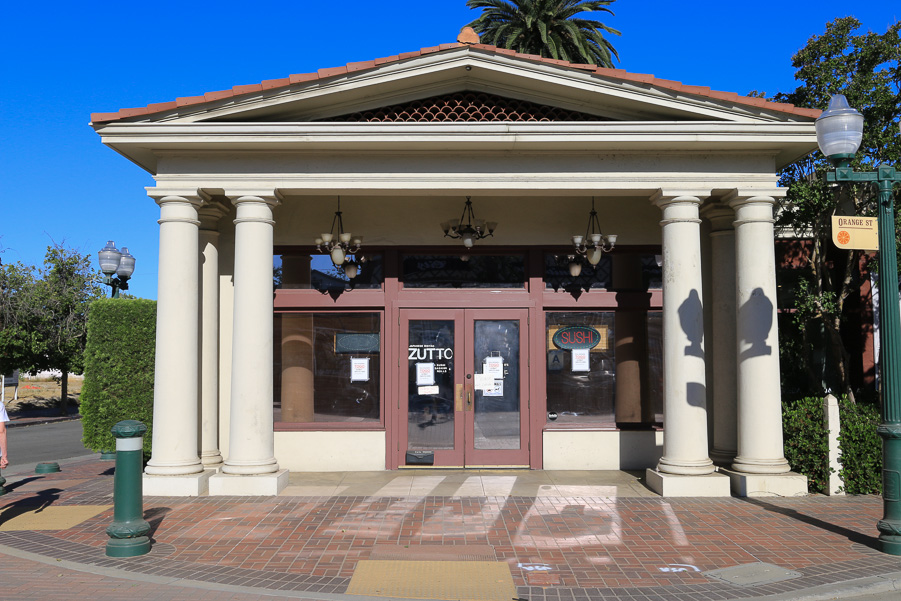
21 West Stuart Street (1890) was constructed as a citrus packing house and it is the second oldest packing house still standing in Redlands.
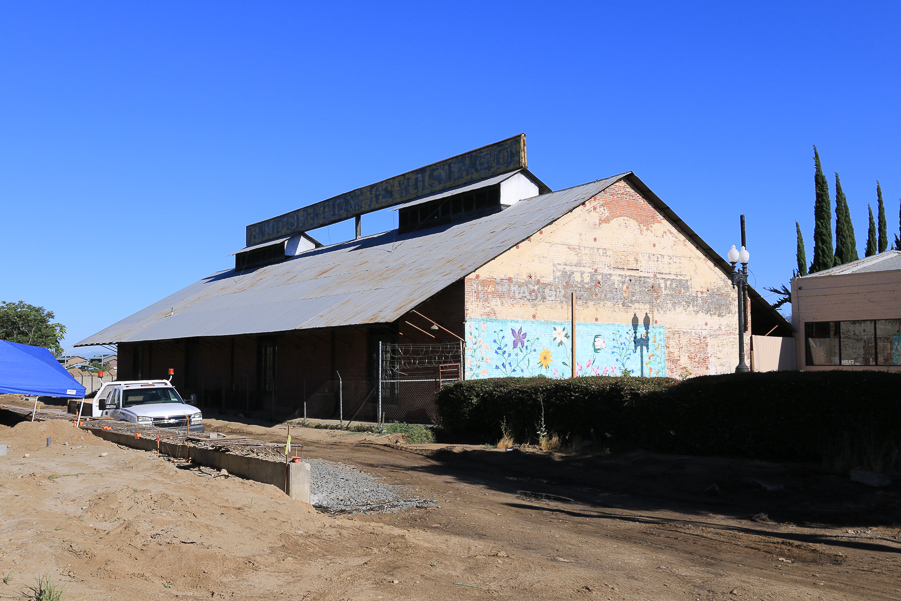
Behind the Redlands City Transfer building at 360 Orange is an alley that still has hay hooks, buggy bumpers and circular carriage entrances displaying turn of the century features.
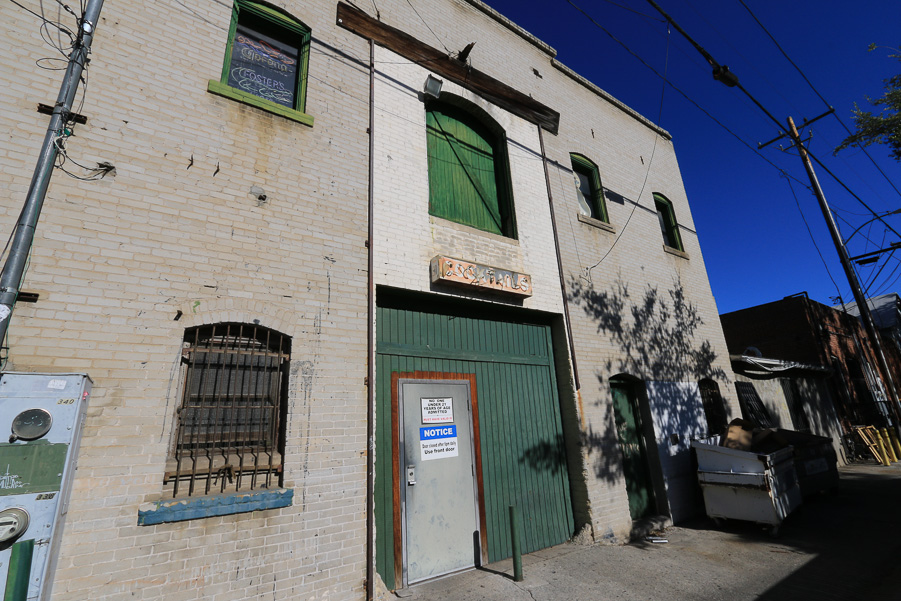
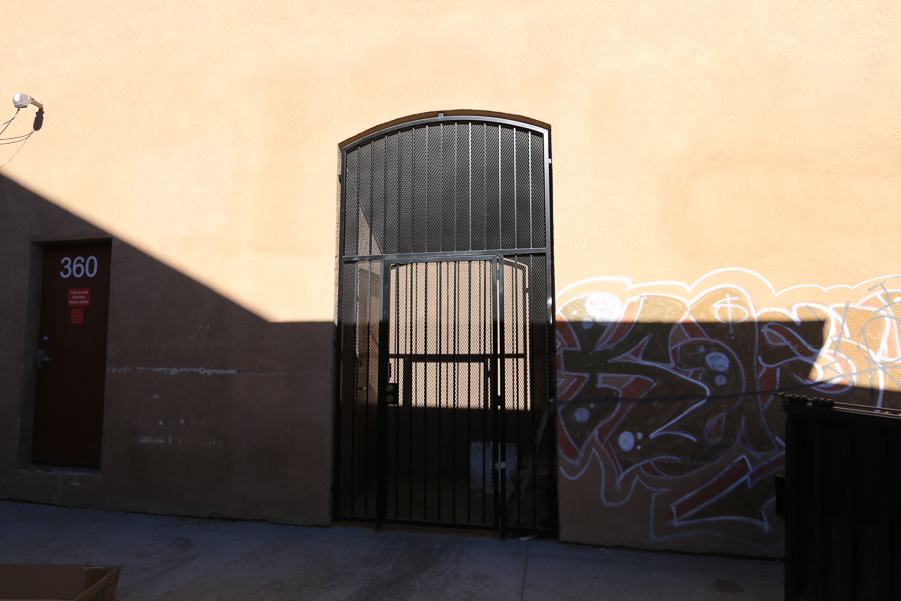
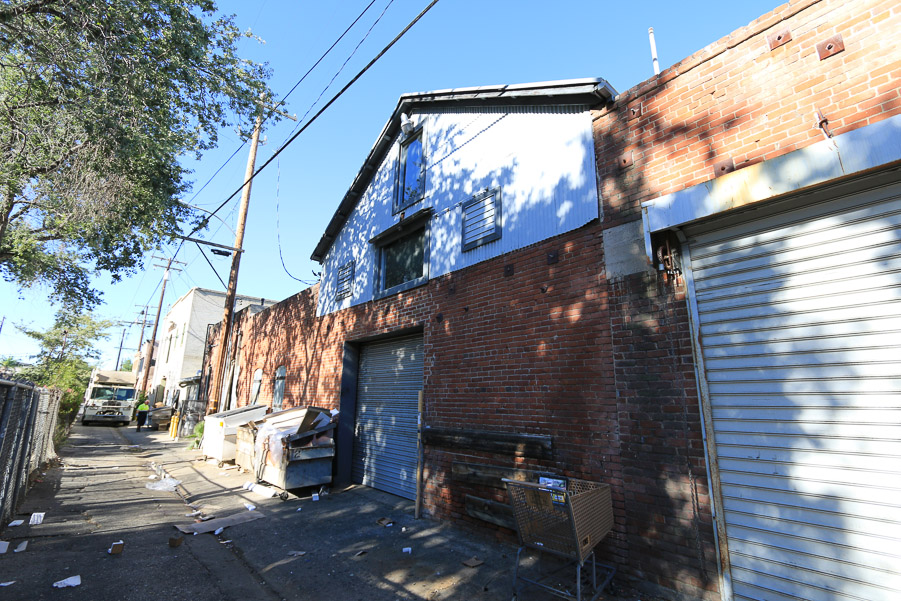
These are "buggy bumpers." If the carriage was too close to the wall, the bumper would "bump" it back into the center of the opening.
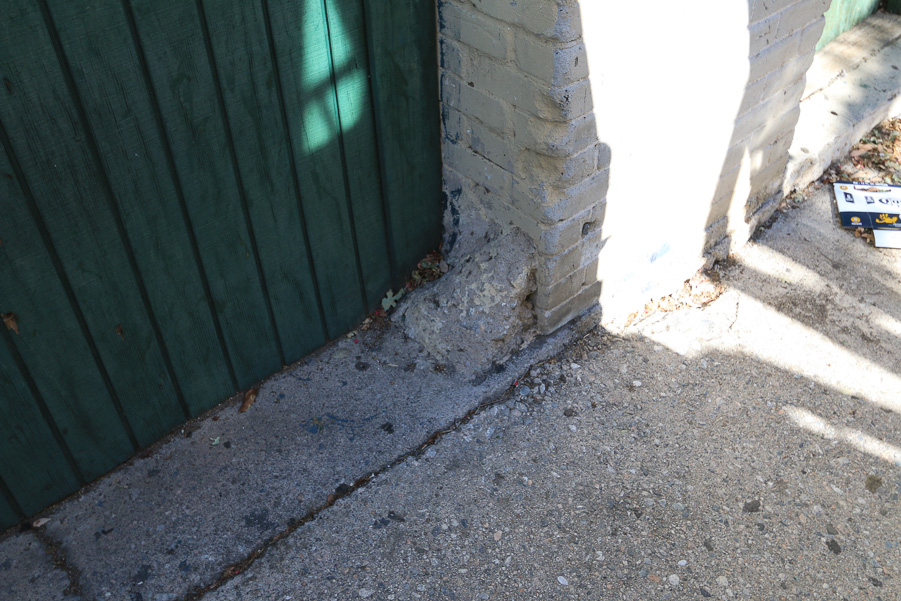
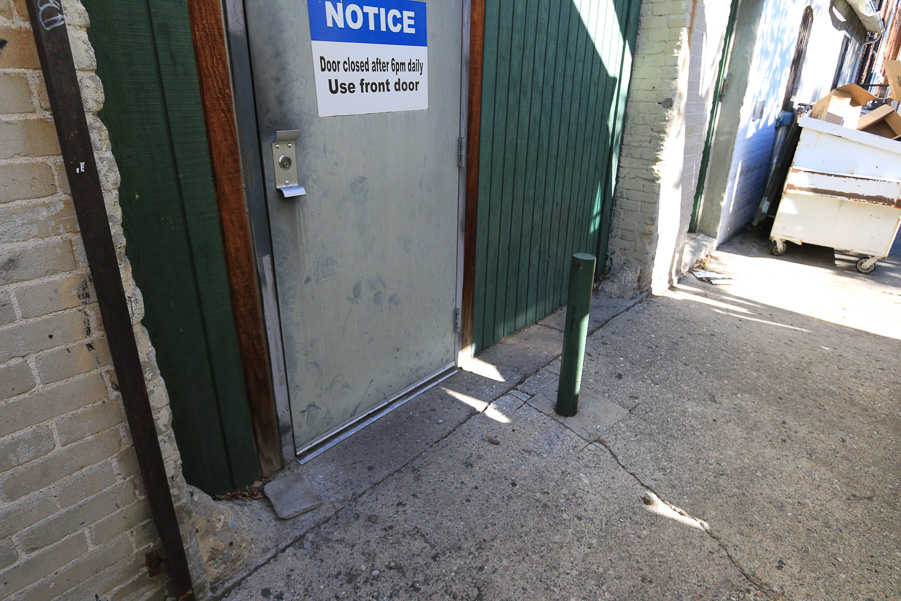
345 North Fifth Street (1890) is Redlands' oldest standing packing house. In addition to packing oranges, it handled dried fruit, honey, celery, potatoes, plums, apples, apricots, peaches and prunes. In its heyday, there were 26 packing houses in the downtown area. Redlands was a big citrus town until the 1950s.
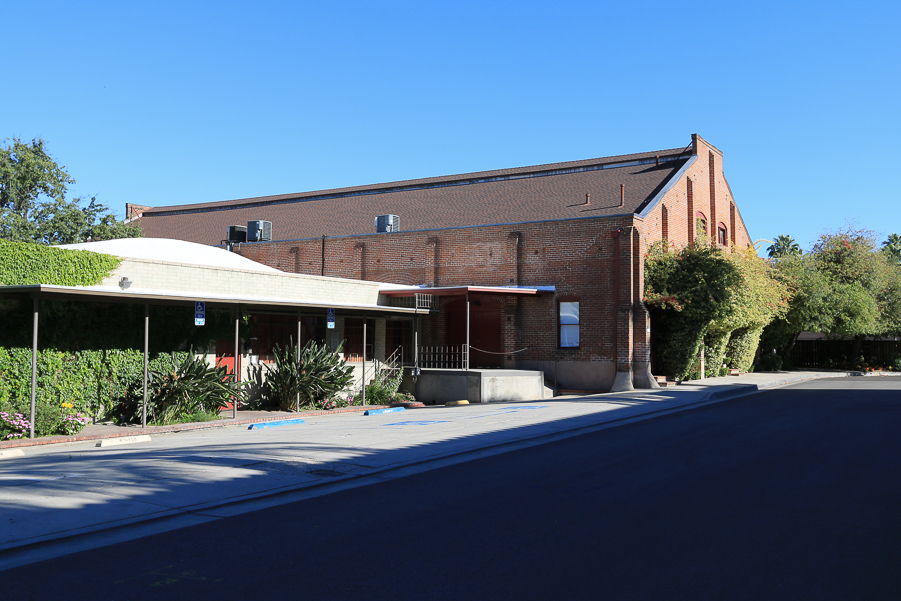
215 North Fifth Street (1935) was built during the Great Depression and called the Hall of Justice. Its Spanish features housed the local courthouse and jail.

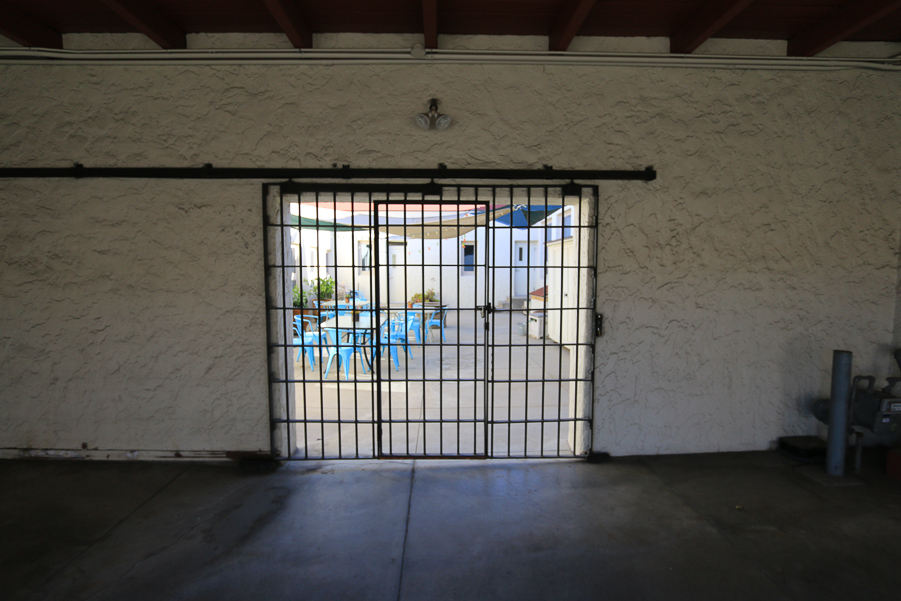
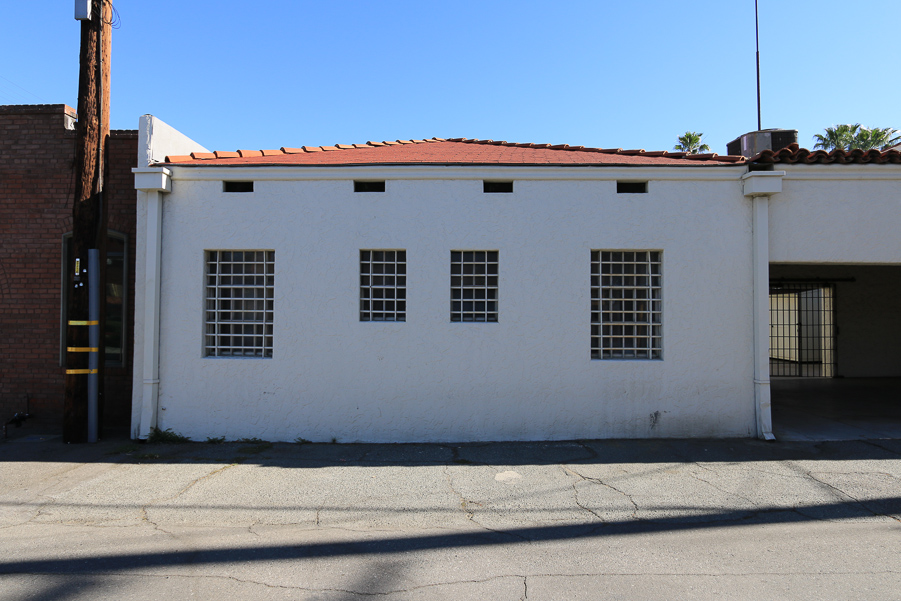
215 North Fifth Street Rear (1898) was warehouse space for buggies and cement. It was later converted for automotive painting.
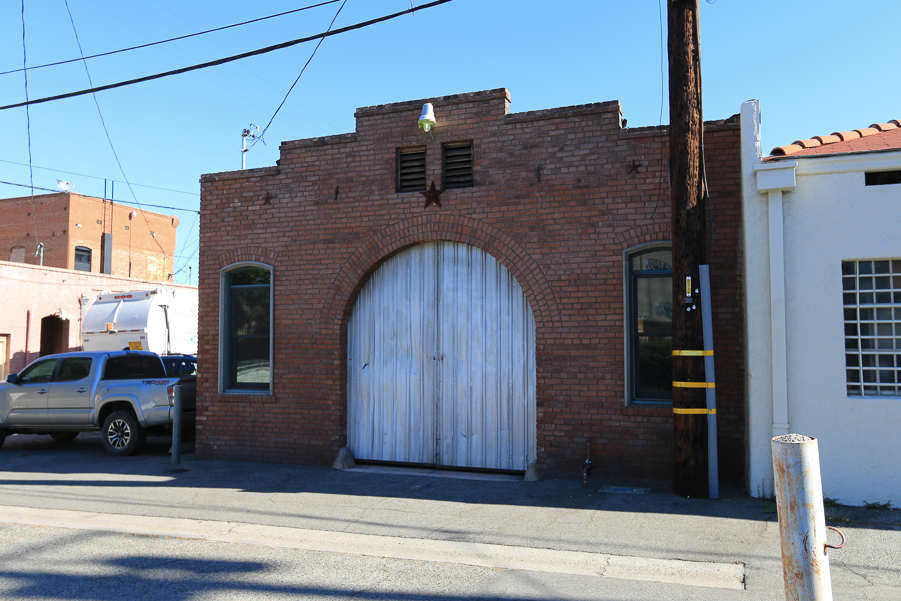
It was a great way to get a nice walk in this morning, before the 100° temperatures set in later today.
